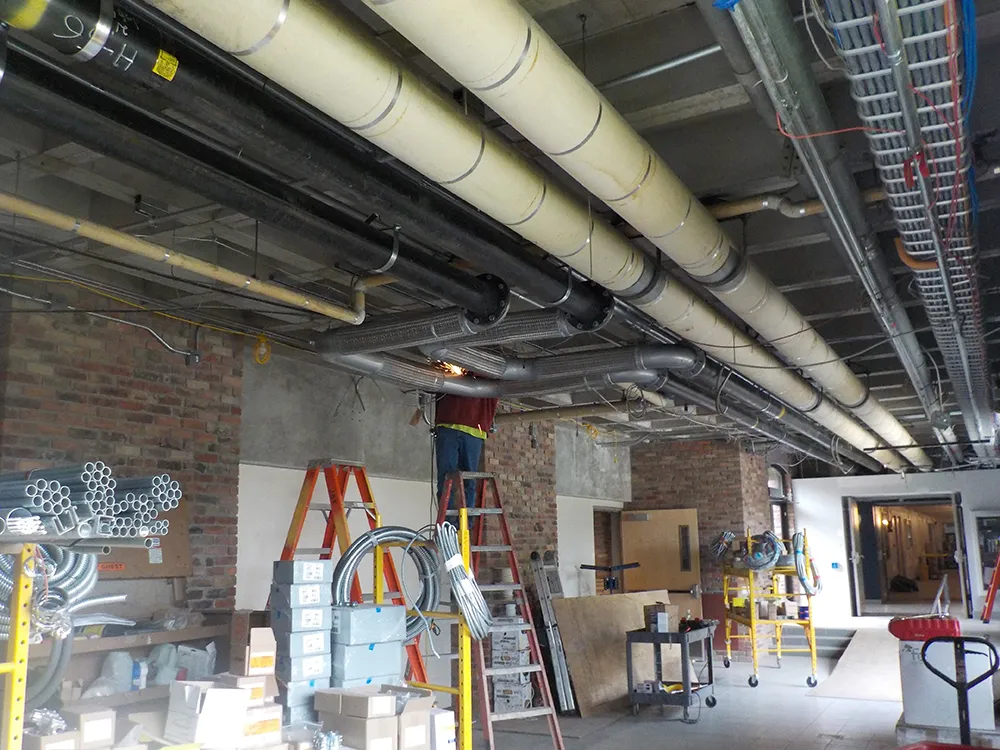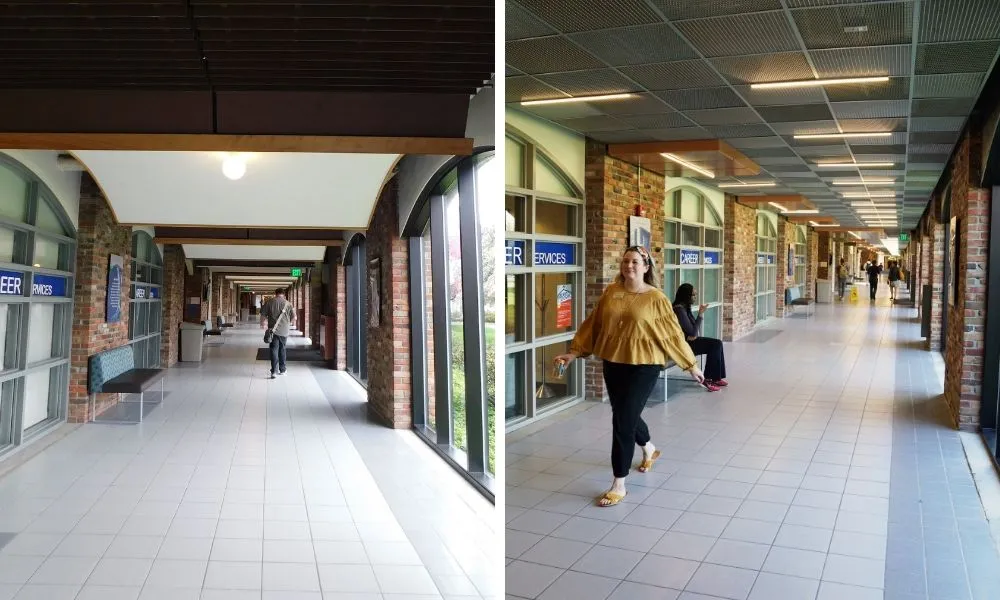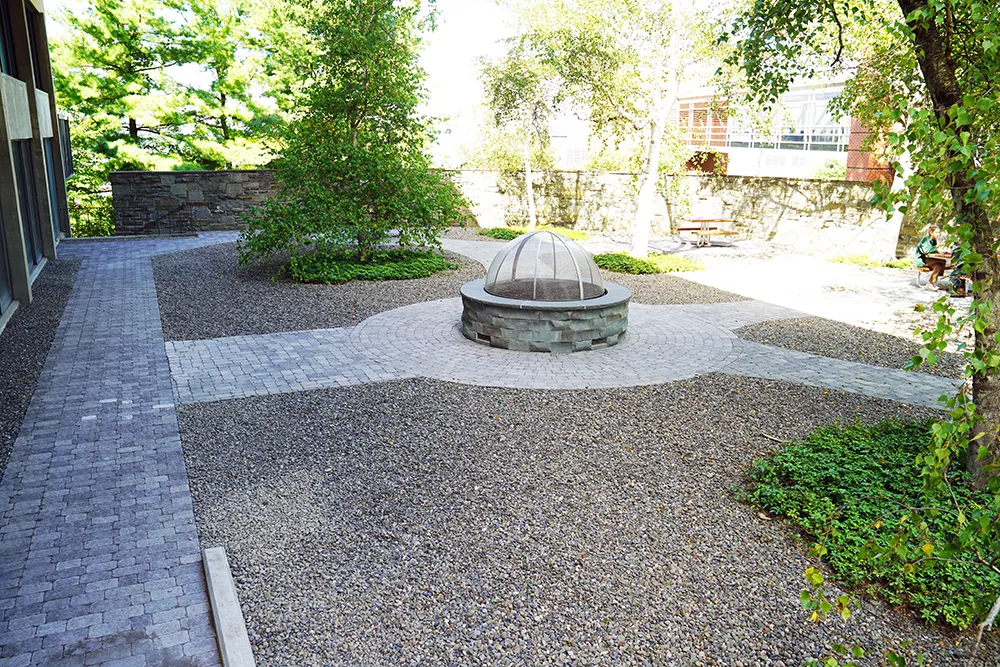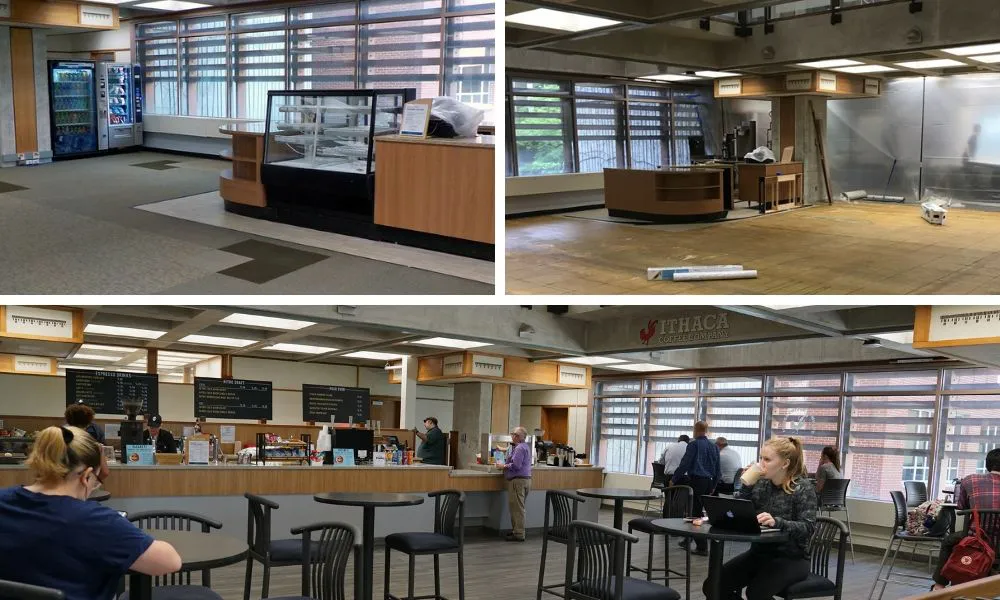Update - September 19, 2019: This article was updated to include summer construction projects that contributed to improved accessibility on campus.
When the associate vice president of facilities says the summer’s most important construction project is a new boiler installation, your excitement meter probably takes a nosedive. But while the Job Hall boiler project may well deserve top billing, many of the more than 50 construction and renovation projects completed at Ithaca College over the summer are far more likely to turn heads and elicit smiles for their contributions to campus life.
Among them: two enhanced “gathering spaces” (one new, one upgraded), a new large-screen display in the Athletics and Events Center, and further development of a sustainability pilot residence hall room.
The activity level was similar to the past few summers, said Tim Carey, associate vice president of the Office of Facilities, and that means “we’ve had another very busy construction season. But we’re used to it,” he added. “We embrace the challenge of completing our projects so that instructional programs go on uninterrupted and our students, faculty and staff are well served.”



